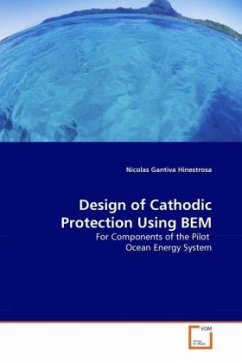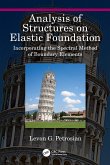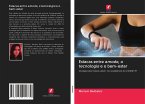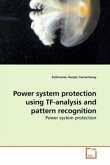The Center for Ocean Energy Technology at Florida Atlantic University is developing an ocean energy turbine system to investigate the feasibility of harnessing Florida's Gulf Stream current kinetic energy and transforming it into a usable form. The turbine system has components which are prone to marine corrosion given the materials they are made of and to the harsh environment they will be exposed to. This study assumes a two-part system composed of a coating system acting as a barrier and sacrificial anode cathodic protection which polarizes the metal structures to a potential value where corrosion is significantly reduced. Several configurations (varying in anode quantity, size and location) were considered in order to cathodically protect the structures with various coating qualities (poor, good and excellent). These cases were modeled and simulated via Boundary Element Method software and analyzed so as to assess the most appropriate design
Bitte wählen Sie Ihr Anliegen aus.
Rechnungen
Retourenschein anfordern
Bestellstatus
Storno








